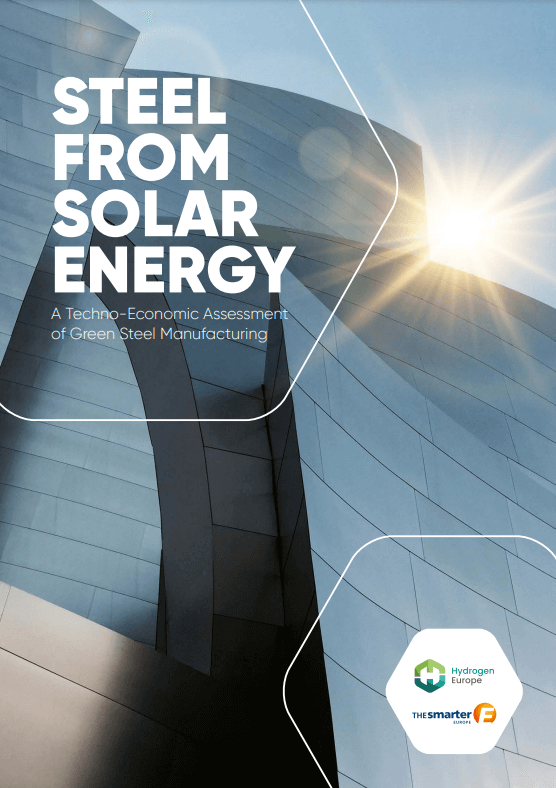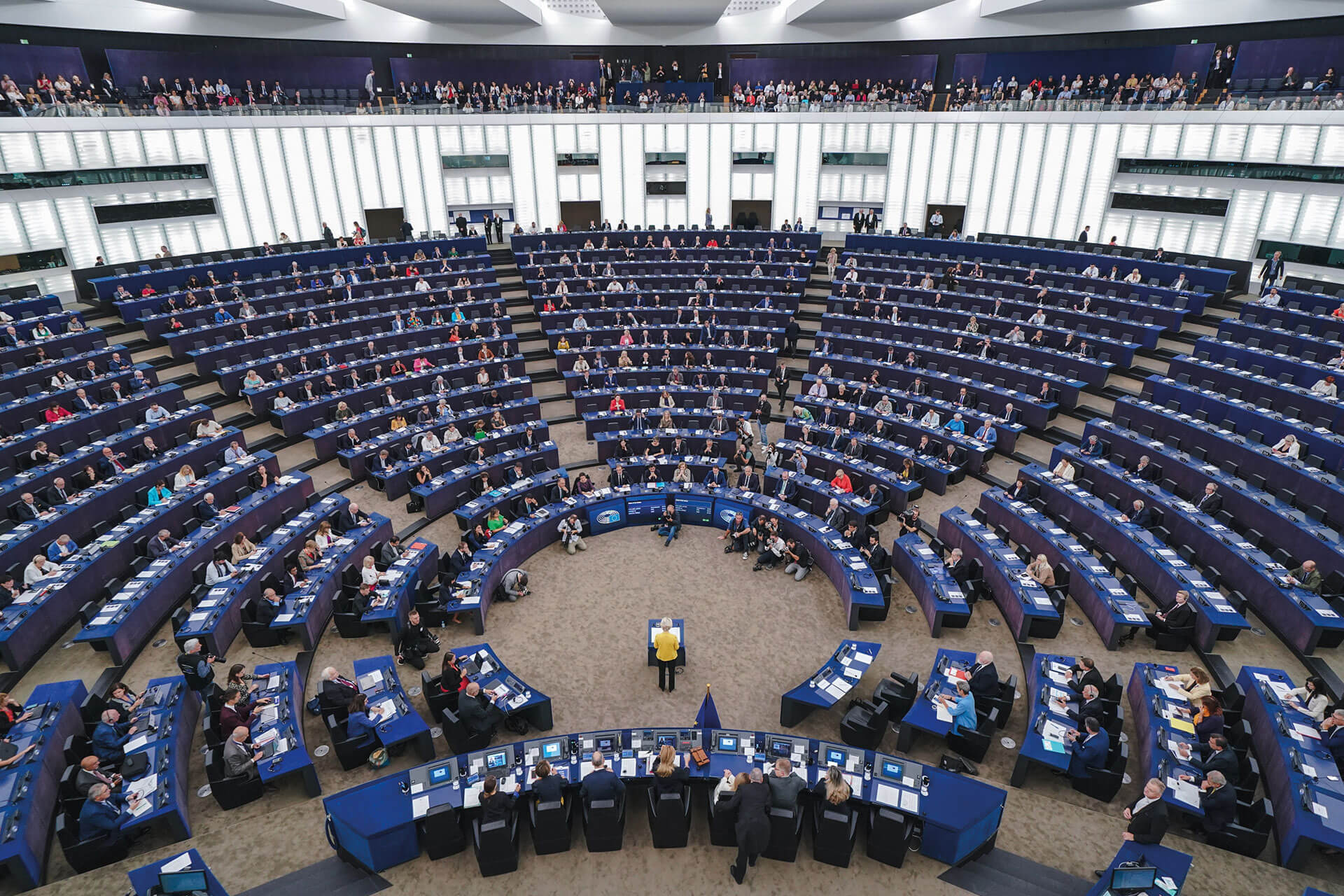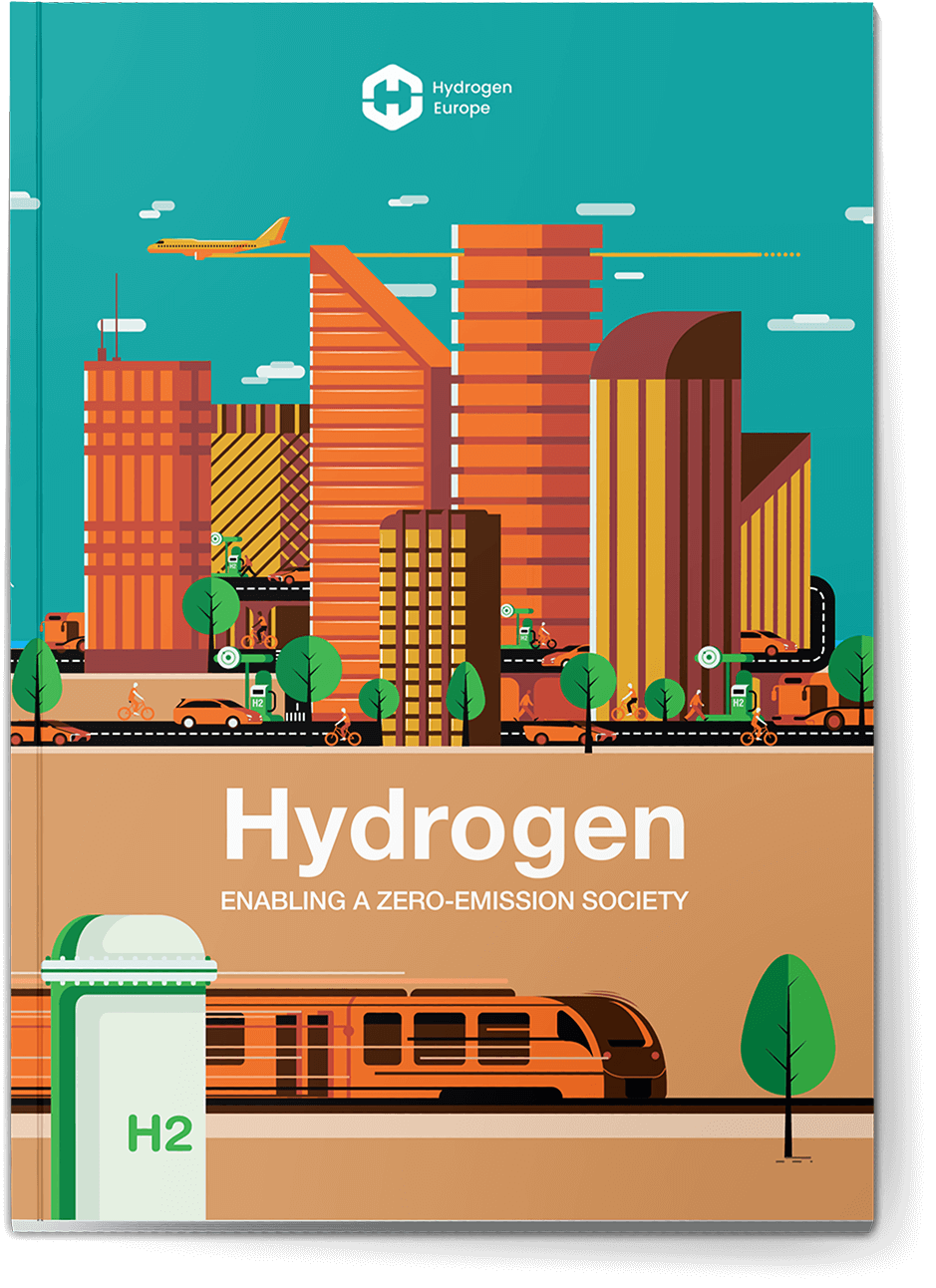Solar Steel
Frank Gehry’s architectural detail.
Peter Collins
Press & Media Officer, Hydrogen Europe
Bastien Bonnet-Cantalloube
Industry Policy Officer, Hydrogen Europe
Márton Antal
Junior Industry Policy Officer, Hydrogen Europe
How can we decarbonise one of the most energy intensive industrial processes during an energy crisis?
According to the World Steel Association, every ton of steel produced in 2018 was responsible for average emissions of 1.85 tons of CO2 ; approximately 8% of global CO2 emissions. But how can we decarbonise one of the more energy intensive industrial processes during an energy crisis? Serious thought must be given towards how exactly we can reduce the sector’s significant emissions while protecting the approximately 2.6 million jobs it provides in the EU economy. Hydrogen Europe’s May 2022 report, ‘Steel from solar energy: a techno-economic assessment of green steel manufacturing’, assessed the viability and economic feasibility of using hydrogen from solar power (and other renewables) as a pathway to decarbonising steel.
In 2018 steel production was responsible for 8% of global CO2 emissions.
Analysing steel production
In 2020, total EU steel production was close to 183Mt , with Germany the bloc’s biggest producer, followed by Italy, France, and Spain. The multibillion-euro industry is an important contributor to the union’s construction and infrastructure sector as well as its general economic well-being. Eurofer, the European steel association, calculated that steel creates around €134.5 billion of Gross Value Added (GVA) for Europe.
Hydrogen Europe’s analysis specifically focused on hydrogen-based direct reduction of iron ore coupled with an electric arc furnace (H2-DRI-EAF), by comparing the levelized cost of steel with the Blast Furnace-Basic Oxygen Furnace (BF-BOF) benchmark. Depending on the system’s energy efficiency, the BF-BOF route usually has a carbon footprint of between 1.6 and 2.0 tonnes of CO2 per tonne of crude steel produced.
Steel companies at risk
To achieve what is needed is no small task, and it will require a massive uptake in new renewable energy capacity. Switching all primary steel production plants blast furnaces in the EU and United Kingdom to the H2-based Direct Reduction Process would require up to 5.3 Mt of renewable hydrogen and up to 370 TWh of additional renewable generation. But in the upcoming years, the steel sector – like all sectors – will face increasing pressure to decarbonise. Studies cited in a recent McKinsey report claim that the global steel industry may find approximately 14% of steel companies’ potential value is at risk if they are unable to keep up with the energy transition and successfully decarbonise.
Steel companies’ value could fall by 14% if they are unable to keep up with the energy transition.
Policy incentives will play a driving role in the energy transition, so it is worth taking a brief look at what is already in place at the EU level and how they may evolve. In particular, we will see how these will put added pressure on the steel sector’s decarbonisation timeline.
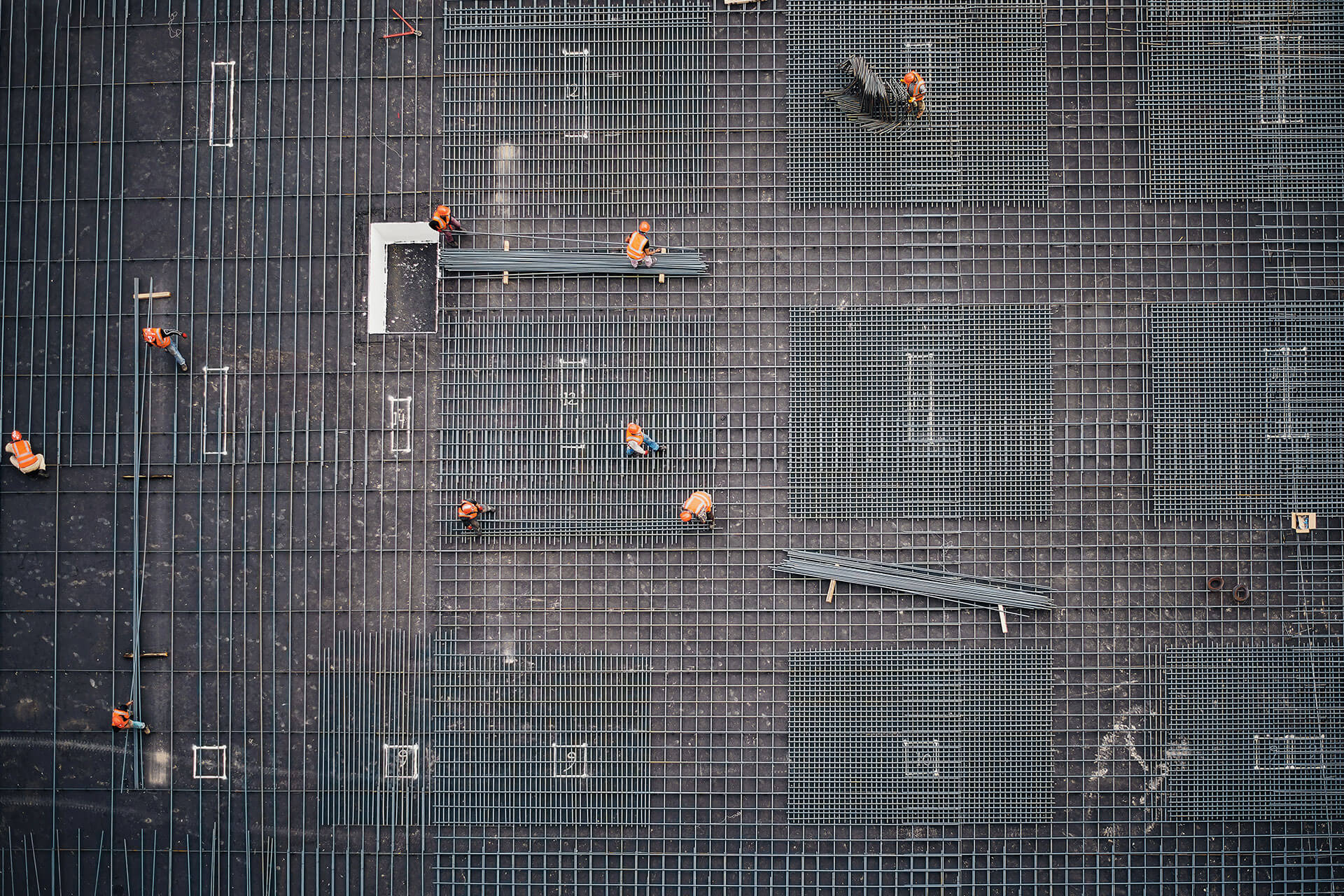
Currently, the following policy incentives are in place at the EU level:
EU Emissions Trading System
Now into its 4th phase (2021-2030), ETS allowances are trading at around €60-70 on the market, down from record highs of almost €100 in past months. The revision process currently underway will most likely go further, beyond 60% GHG emission reduction by 2030, implying further cap reduction, and the introduction of new industrial sectors. Free allowances – from which the steel industry benefits to cover part of its emissions – are expected to be gradually phased out too by benchmarks revision and the CBAM.
Carbon Border Adjustment Mechanism
With the goal of phasing out free allowances from the ETS, lawmakers are planning to introduce the CBAM – in a first instance for a few sectors, including steel – to act as an alternative protection against the risk of carbon leakage, while aiming at evening the playing field and pushing third country companies towards deep decarbonisation. The CBAM will have a significant effect on emissions trading and decarbonisation strategy in highly emitting industrial goods, like steel.
Industrial Emissions Directive
Already a key tool to measure and regulate the industrial pollution of industrial plants, the planned revision will widen the scope of the Directive and introduce rigorous monitoring obligations to industrial companies. Industrial stakeholders such as steel producers will have to invest into manpower and software measures to comply with the rigorous criteria and switch to more efficient and less polluting solutions.
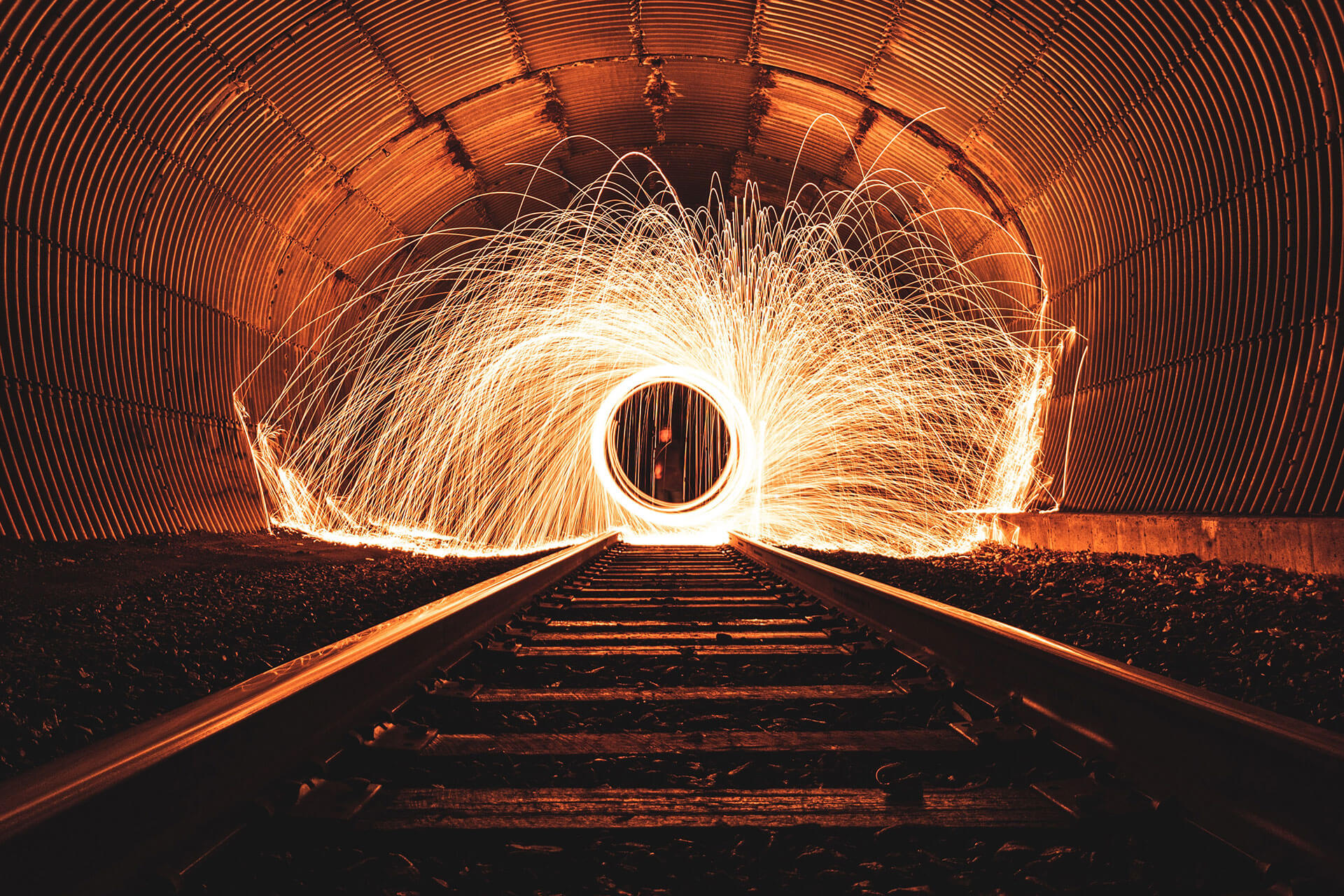
EU Taxonomy
A more recent idea within the EU legislature, the EU Taxonomy will be crucial in securing funding and financing in the historically polluting industrial sectors like steel. The ambition is to create a system where manufacturers will have to move away from polluting feedstocks – like natural gas and coal – onto green hydrogen and similar products. This means that industrial stakeholders will have to start investing heavily in alternative solutions, like green steel, to stay viable in a post-taxonomy world.
Innovative projects decarbonising steel
Some early pioneer projects are in the works that will set the tone and precedent for the mass decarbonisation of the sector. One of seven innovative projects awarded under the first call for large-scale projects under the Innovation Fund, (the only steel-related project to secure funding) the HYBRIT project will demonstrate a complete industrial value chain for fossil-free hydrogen-based iron and steelmaking. Vattenfall, Swedish steel group SSAB, and fellow Swede mining company LKAB, are targeting 1.35Mt of hydrogen-reduced iron per year through HYBRIT to meet 25% of Sweden’s crude steel production needs and potentially reduce the country’s emissions by up to 10%.
What makes the project unique among the EU based green steel projects is that Sweden already has an almost zero-emission electricity grid. As a result, the electricity for hydrogen generation can be sourced from the grid on an almost continuous basis, thus enabling a high electrolyser capacity factor without the need for expensive hydrogen storage solutions.
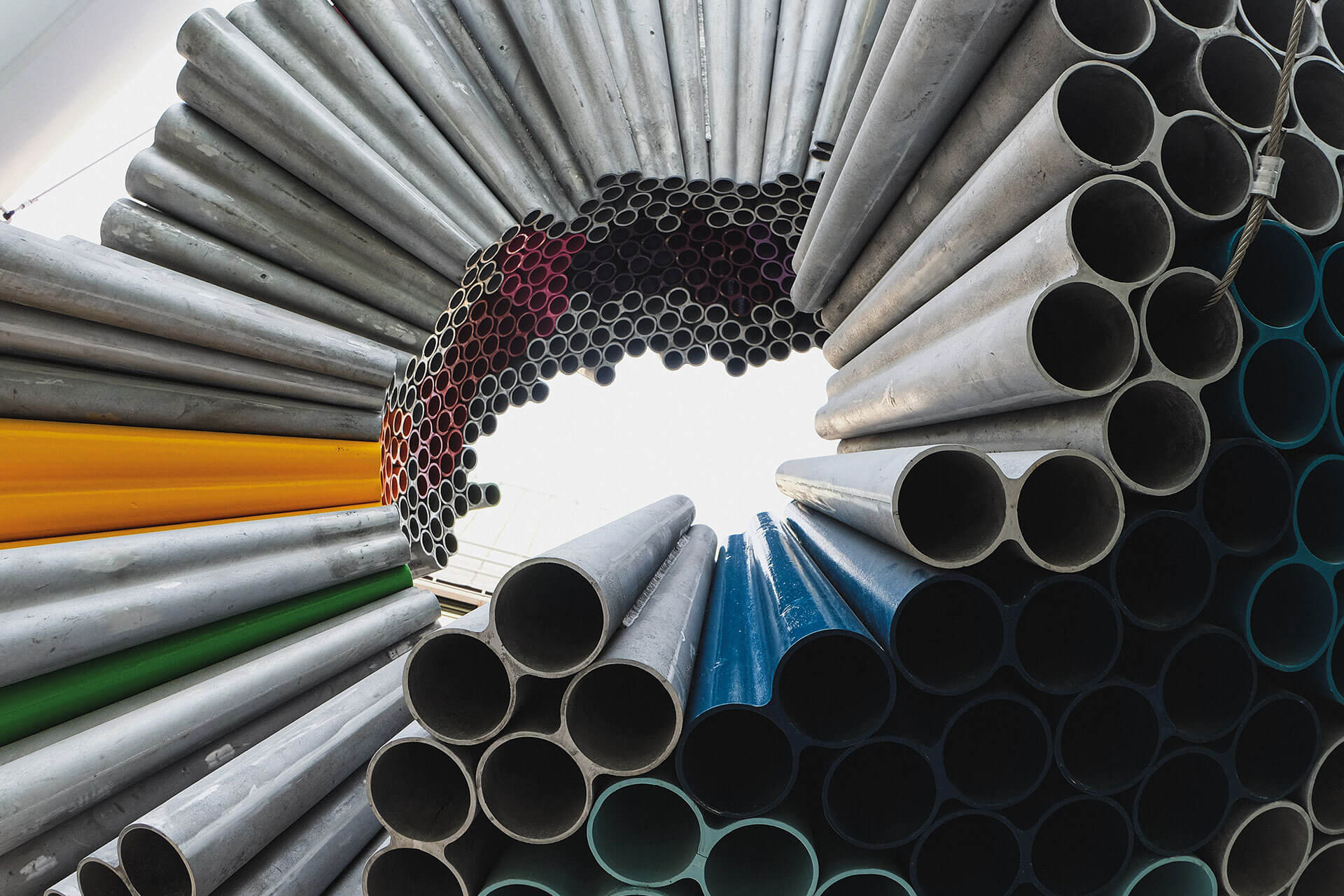
Another major project for green steel is the SALCOS project (SAlzgitter Low CO2 Steelmaking), developed by the German steelmaker Salzgitter, which aims to produce enough green hydrogen to be then used in a direct reduction plant, replacing the coal currently used in the conventional blast furnace process. SALCOS faces almost the opposite problem of HYBRIT, with the German steel plants located in a heavily industrialized area, with next to no local access to low-cost renewables. In Germany, unlike Sweden, the average carbon intensity of the electricity grid cannot be considered low carbon.
Faced with these issues, SALCOS’ Direct Reduction Process (DRP) will utilise any ratio of hydrogen and natural gas as the reducing agent, something which has never been achieved at an industrial scale to date. This process offers a flexible decarbonisation solution that could be implemented immediately, gradually increasing the share of renewable hydrogen as it grows in availability, and gradually replacing further BF-BOF with new DRI-EAF units. In the first stage of its development, CO2 emissions should fall by up to 26% by the year 2025, Salzgitter says.
These projects are at the vanguard of a new, cleaner steel sector.
These projects are, among others, the vanguard of a new, cleaner steel sector, and face many challenges to demonstrate a level of cost effectiveness that will make market actors take note. In this Hydrogen Europe report, we have analysed these groundbreaking schemes as well as the main challenges that the industry will encounter. But developers alone will not drive this initiative forward. To preserve competitiveness, a sound policy framework and relevant funding activities will be paramount to accompany and support projects and investors. Revisions to the ETS, CBAM and other policies will drive demand alongside the recent commitments to hydrogen announced by European Commission president Ursula von der Leyen.
